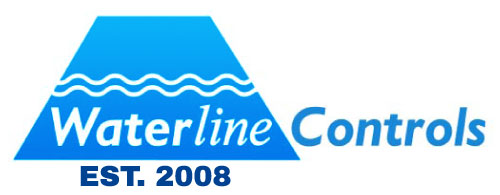Water Level Controller Failure at Swan Lake
Water controller failures are all too common. Consider the incident in Dunbar Cave’s Swan Lake in Tennessee last December. The lake had just undergone a restoration project only three months before. Included in that project were repairs to the lake’s dam and spillway to allow the water levels to be raised. The pipe that controls those water levels failed, and the lake then drained itself. The incident at Swan Lake which was disappointing but not critical. However, many water controller failures result in serious problems. That’s why it is so important to invest in water controllers that are reliable.
Reliability is Key
If your application is critical to you, then you need the most reliable water controllers that you can find. Waterline Controls water level controls offer the kind of reliability that many of our customers have learned to depend on. In fact, our controllers are so well designed that they have a mere 1% failure rate even after 15 years.
What Makes Our Controllers Different
Waterline Controls designs water controllers to last. As part of our commitment to this goal, we developed a completely new electronic switch sensor with an emphasis on simplicity and reliability. Unlike other water controllers on the market today, our controllers have stainless steel sensor probes will not plate, foul, or deteriorate, regardless of water quality.That means no more sensor cleaning, no more replacing sensors, and no more worries about how water quality will impact your control system.
In addition, our controllers use solid-state electronics because of their durability and dependability. Another benefit of solid-state electronics lies in the extremely low voltages involved, which minimizes or eliminates the rusting, mineral fouling and deterioration of sensor probes. The water controllers also have an easy-to-use troubleshooting switch should any problems be encountered. Finally, we also aim to minimize the number of moving parts that are involved. The only moving parts in our water controllers are relays which can easily be tested and replaced.
How Our Controllers Work
Waterline Controls uses electronic sensors with an array of stainless steel probes that are able to simultaneously monitor multiple water levels at extremely high levels of accuracy. This array of sensors is connected to a controller that uses the sensor data to measure water levels and activate relays accordingly via integrated firmware. As mentioned earlier, the voltages used are extremely small because of the solid-state electronics. This not only aids in preventing fouling of the water but reduces power requirements. In addition, the water controllers are easy to connect to existing building automation systems.
Check Out Waterline Controls
If you are tired of replacing your water controllers, take a look at Waterline Controls. Our completely modular control sensors have an average life of 15 years and come with a 5-year limited warranty. Our customers have been using our controllers for water holding tanks, sumps, lift stations, cooling towers, and many other applications. It’s time to say goodbye to legacy controllers that use mechanical floats, conductive sensors, or ultrasound sensors and start saving time and money with a reliable design from Waterline Controls.

